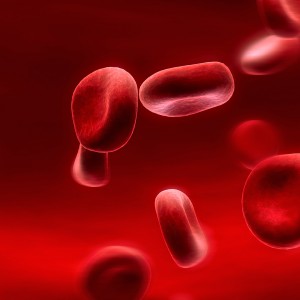
Alopecia areata (AA) is an autoimmune condition which results in hair loss. It affects both women and men of all age groups and symptoms range from mild with only slight patches of hair loss typically of the scalp, to extreme, with loss of scalp and body hair including eyebrows and eyelashes. Prognosis is also diverse with spontaneous remission observed in some cases and a completely unresponsive nature in others. Thus it is exciting to hear the recent report of an extreme case that resulted in successful treatment.
This past month the story of a 15-year-old boy who had lost 80% of his hair (including body hair) due to AA was reported. After five years with AA and undergoing multiple traditional treatments, platelet-rich plasma (PRP) therapy was finally able to restore the lost hair (1). With the post-treatment photographs featuring a full head of long hair, the results were impressive (1). PRP therapy is a relatively new treatment employed for multiple types of hair loss. Growth factors obtained from a small sample of the boy’s own blood were used to stimulate the new hair growth.
Two scientific studies lend some credibility to this case. A randomized, controlled trial concluded that PRP therapy led to significant growth and recommends further investigation into PRP as a safe and effective treatment option for AA (2). A second trial reported a lack of side-effects associated with the procedure and confirmed safety (3).
Overall, AA can be challenging to treat. This makes the introduction of innovative therapies such as PRP essential to improving upon the current options. Initial therapies are generally potent topical or intralesional corticosteroids. Please consult with your health care provider if you think that you may have this condition.
Article by: Dr. J.L. Carviel, Mediprobe Research Inc.
References
- Vekris A, Zefeiratou D, Andriopoulou A, Tsiatoura A. Total Regrowth in Chronic Severe Alopecia Areata Treated with Platelet Rick Plasma: A Case Report and Literature Review. Hair Transpl Forum Int. 2015;(September/October):190–1.
- Trink A, Sorbellini E, Bezzola P, Rodella L, Rezzani R, Ramot Y, et al. A randomized, double-blind, placebo- and active-controlled, half-head study to evaluate the effects of platelet-rich plasma on alopecia areata. Br J Dermatol. 2013 Sep;169(3):690–4.
- Singh S. Role of platelet-rich plasma in chronic alopecia areata: Our centre experience. Indian J Plast Surg Off Publ Assoc Plast Surg India. 2015 Apr;48(1):57–9.












